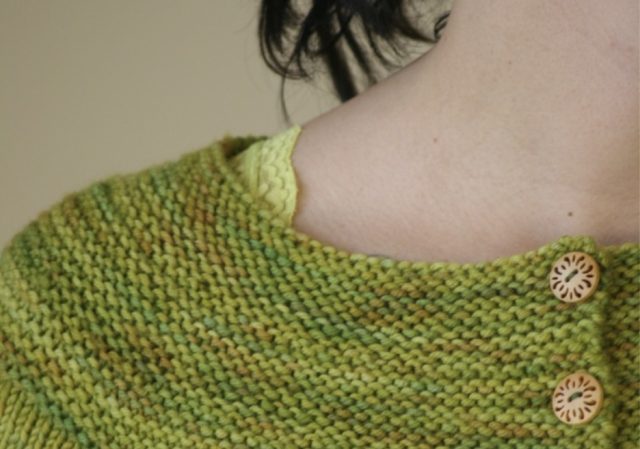
Pain and itching may not be the linked sensation that some scientists thought they were, according to a study published in December in Nature Neuroscience. A group of scientists recently found that if they first disabled a particular type of neuron, applying an itchy, painful stimuli in mice would produce reactions to the pain, but not the itch.
Researchers have gone back and forth for decades on the relationship between itching and pain, according to the authors of the paper. Some research shows that the two sensations are separate and distinct, while other studies indicate that they are connected, sometimes at a very deep level.
One study indicated that only 5 to 20 percent of skin’s sensory nerves process itches. Some of these handle histamine-activated itching, which we have pretty well figured out: take an anti-histamine and the sensation is gone. But chemicals like chloroquine, which is used to treat malaria, or plants like cowhage, produce itching sensations that we struggle to control with drugs (an un-cited statement on Wikipedia states that cowhage-induced itching is commonly treated in India with the application of cow dung).
In this most recent experiment, scientists identified a specific group of neurons (MrgprA3+ neurons) in mice as central to the experience of itching. The authors surgically removed these neurons from the mice’s dorsal root ganglion, a nodule in the spine that manages signals from sensory organs. The mice were then injected with various chemicals known to create itchiness.
Measuring itchiness is somewhat subjective, but the authors noted that mice with MrgprA3+ neurons removed scratched themselves significantly less in response to the injections compared to an unaltered control group that was injected with the same chemicals.
To separate pain from itchiness, the authors had to tweak the MrgprA3+ neurons a different way. When these cells expressed only the algogen receptor TRPV1 in the MrgprA3+ neurons and injected those mice with capsaicin, the authors noted that the mice expressed “site directed wiping”—a reaction to pain—but no scratching. Hence, those receptors in the MrgprA3+ neurons seemed to be responsible specifically for itchy sensations.
When the neurons were altered, the researchers also noticed that the mice had fewer instances of idle itching from dry skin or other allergic responses. Not all itching responses were reduced by the alteration of the MrgprA3+ neurons: beta-alanine, an amino acid, still evoked a scratching response. But itching from the other stimuli were nullified by the neuron alteration, which also seemed to help reduce scratching in response to instances of both acute and chronic itching.
The authors propose that these neurons come in two types: “one mediating itch, the other mediating pain.” How do they explain the past results that indicated the two sensations overlapped? A possible explanation, they say, is that the brain interprets sensation from itch-sensitive neurons as itching when the pain-sensitive neurons in the same region aren't active. Or else pain-mediating neurons may somehow block transmission from itching neurons.
The authors note that the MrgprA3+ neurons that express TRPV1 are a “specific subpopulation” mediating itch, and are not solely responsible for all itching. However, those neurons do demonstrate that pain and itching are separable sensations. The researchers hope their work may help in developing treatments for itching conditions that come as a result of activity in that type of neuron.
Nature Neuroscience, 2011. DOI: 10.1038/nn.3289
reader comments
16